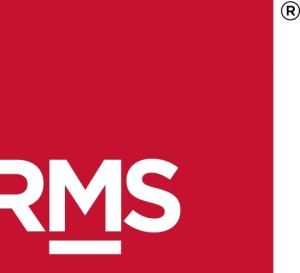 RMS is rolling out a wide-ranging series of flood risk models for South Korea, the catastrophe modeling firm has disclosed.
RMS is rolling out a wide-ranging series of flood risk models for South Korea, the catastrophe modeling firm has disclosed.
Known formally as the South Korea Probabilistic Flood Maps and Scenario Catalog, the modeling package is designed to help set in-house underwriting guidelines and also to monitor and manage exposure accumulations, RMS said. It includes flood maps and scenarios involving monsoon-driven rainfall and all other sources of precipitation that drive flood risk, according to the company.
As well, the catalog can be used with either RMS or third-party applications, RMS explained.
How does this model stand out? The inclusion of monsoon-driven rainfall is one reason. RMS noted that monsoons are a particularly noteworthy risk for South Korea because they are behind more than half of annual total insured losses in the country.
Mark Moravek, model product strategy manager for RMS, told Carrier Management via email that “there are very limited, if any, commercially available solutions that capture flood risk in South Korea, in particular capturing all sources of rainfall (i.e. rainfall from the monsoon or from typhoons) and all types of flooding (i.e. riverine or surface water flooding.”
He added that the new RMS flood maps for the region are designed to counter this by helping “(re) insurers to build a much deeper understand of flood risk in the country that had been possible before.”
Moravek said that South Korea is a huge global market for cat modeling – the 8th largest non-life market in the world as of 2011, representing about 35 percent of the total market share.
South Korea, as a major industrial nation, has a relatively small property income in relation to the size of the non-life market, but that should change over the next 5 years, Moravek said. Within this context, better cat modeling makes sense, RMS asserts.
The country is significantly exposed to typhoons and floods and also has low exposure to earthquakes, Moravek said. “Major players in this market are already using available catastrophe models and there is a growing appetite from a wider audience to use catastrophe models to build understanding and manage risk.”
Among the new RMS model features:
- A full hydrological-cycle modeling process that covers conditions and sources of precipitation that drive surface and riverine flooding.
- The flood maps are designed with urban drainage systems in mind.
- Flood maps also include banded flood depths that enable location-level hazard lookup, enabling a more accurate loss view.
Source: RMS





















 Breaking: Andersen to Replace Zaffino as CEO of AIG on June 1
Breaking: Andersen to Replace Zaffino as CEO of AIG on June 1  First Atlantic Hurricane Forecast for 2026 Suggests Season Close to 30-Year Norm
First Atlantic Hurricane Forecast for 2026 Suggests Season Close to 30-Year Norm  Good Times for U.S. P/C Insurers May Not Last; Auto Challenges Ahead
Good Times for U.S. P/C Insurers May Not Last; Auto Challenges Ahead  Northern California Flooding This Weekend Caused by Heavy Rain, High Tides
Northern California Flooding This Weekend Caused by Heavy Rain, High Tides 





